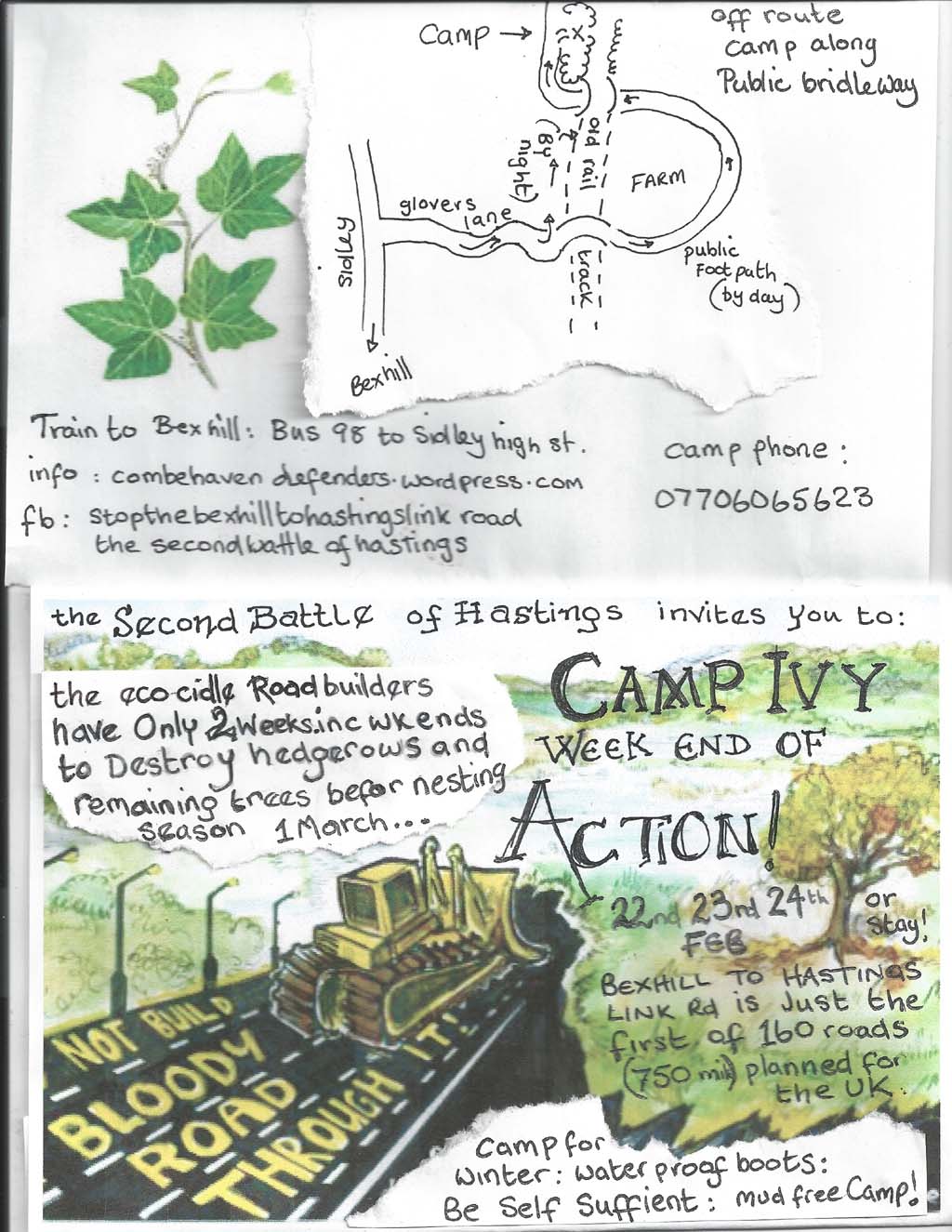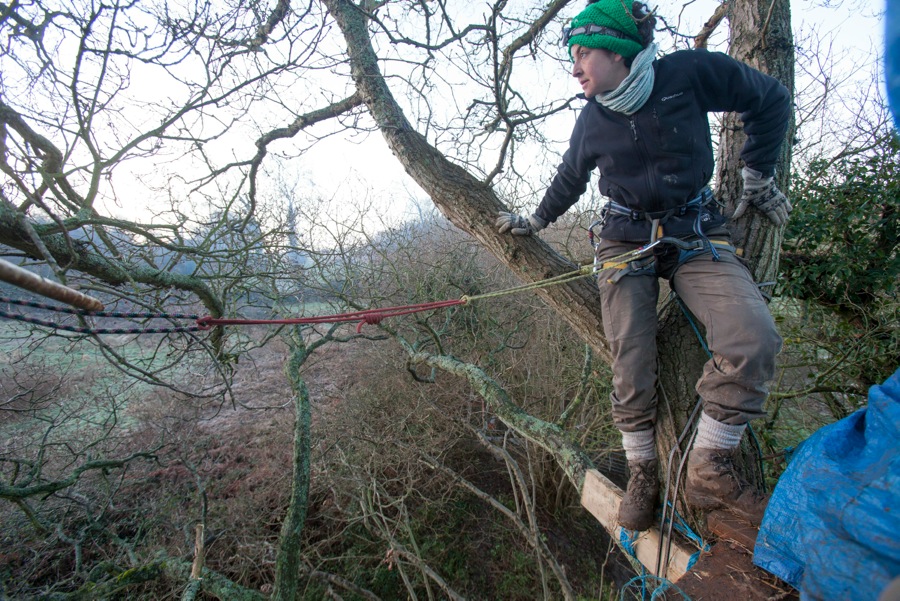
We ought not at least to delay dispersing a set of plausible fallacies about the economy of fuel, and the discovery of substitutes [for coal], which at present obscure the critical nature of the question, and are eagerly passed about among those who like to believe that we have an indefinite period of prosperity before us. –William Stanley Jevons, The Coal Question (1865)
There are, at present, many myths about green energy and its efficiency to address the demands and needs of our burgeoning industrial society, the least of which is that a switch to “renewable” energy will significantly reduce our dependency on, and consumption of, fossil fuels.
The opposite is true. If we study the actual productive processes required for current “renewable” energies (solar, wind, biofuel, etc.) we see that fossil fuels and their infrastructure are not only crucial but are also wholly fundamental to their development. To continue to use the words “renewable” and “clean” to describe such energy processes does a great disservice for generating the type of informed and rational decision-making required at our current junction.
To take one example – the production of turbines and the allocation of land necessary for the development, processing, distribution and storage of “renewable” wind energy. From the mining of rare metals, to the production of the turbines, to the transportation of various parts (weighing thousands of tons) to a central location, all the way up to the continued maintenance of the structure after its completion – wind energy requires industrial infrastructure (i.e. fossil fuels) in every step of the process.
If the conception of wind energy only involves the pristine image of wind turbines spinning, ever so wonderfully, along a beautiful coast or grassland, it’s not too hard to understand why so many of us hold green energy so highly as an alternative to fossil fuels. Noticeably absent in this conception, though, are the images of everything it took to get to that endpoint (which aren’t beautiful images to see at all and is largely the reason why wind energy isn’t marketed that way).
Because of the rapid growth and expansion of industrialiation in the last two centuries, we are long past the days of easy accessible resources. If you take a look at the type of mining operations and drilling operations currently sustaining our way of life you will readily see degradation and devastation on unconscionable scales. This is our reality and these processes will not change no matter what our ends are – these processes are the degree with which “basic” extraction of all of the fundamental metals, minerals, and resources we are familiar with currently take place.
In much the same way that the absurdities of tar sands extraction, mountaintop removal, and hydraulic fracturing are plainly obvious, so too are the continued mining operations and refining processes of copper, silver, aluminum, zinc, etc. (all essential to the development of solar panels and wind turbines).
It is not enough – given our current situation and its dire implications – to just look at the pretty pictures and ignore everything else. All this does, as wonderfully reaffirming and uplifting as it may be, is keep us bound in delusions and false hopes. As Jevons affirms, the questions we have before us are of such overwhelming importance that it does no good to continue to delay dispersing plausible fallacies. If we wish to go anywhere from here, we absolutely need uncompromising (and often brutal) truth.
A common argument among proponents of supposed “green” energy – often prevalent among those who do understand the inherent destructive processes of fuels, mining and industry – is that by simply putting an end to capitalism and its profit motive, we will have the capacity to plan for the efficient and proper management of remaining fossil fuels.
However, the efficient use of a resource does not actually result in its decreased consumption, and we owe evidence of that to William Stanley Jevons’ work The Coal Question. Written in 1865 (during a time of such great progress that criticisms were unfathomable to most), Jevons devoted his study to questioning Britain’s heavy reliance on coal and how the implication of reaching its limits could threaten the empire. Many covered topics in this text have influenced the way in which many of us today discuss the issues of peak oil and sustainability – he wrote on the limits to growth, overshoot, energy return on energy input, taxation of resources and resource alternatives.
In the chapter, “Of the economy of fuel,” Jevons addresses the idea of efficiency directly. Prevalent at the time was the thought that the failing supply of coal would be met with new modes of using it, therefore leading to a stationary or diminished consumption. Making sure to distinguish between private consumption of coal (which accounted for less than one-third of total coal consumption) and the economy of coal in manufactures (the remaining two-thirds), he explained that we can see how new modes of economy lead to an increase of consumption according to parallel instances. He writes:
The economy of labor effected by the introduction of new machinery throws laborers out of employment for the moment. But such is the increased demand for the cheapened products, that eventually the sphere of employment is greatly widened. Often the very laborers whose labor is saved find their more efficient labor more demanded than before.
The same principle applies to the use of coal (and in our case, the use of fossil fuels more generally) – it is the very economy of their use that leads to their extensive consumption. This is known as the Jevons Paradox, and as it can be applied to coal and fossil fuels, it so rightfully can be (and should be) applied in our discussions of “green” and “renewable” energies – noting again that fossil fuels are never completely absent in the productive processes of these energy sources.
We can try to assert, given the general care we all wish to take in moving forward to avert catastrophic climate change, that much diligence will be taken for the efficient use of remaining resources but without the direct questioning of consumption our attempts are meaningless. Historically, in many varying industries and circumstances, efficiency does not solve the problem of consumption – it exasperates it. There is no guarantee that “green” energies will keep consumption levels stationary let alone result in a reduction of consumption (an obvious necessity if we are planning for a sustainable future).
Jevons continues, “Suppose our progress to be checked within half a century, yet by that time our consumption will probably be three or four times what it now is; there is nothing impossible or improbable in this; it is a moderate supposition, considering that our consumption has increased eight-fold in the last sixty years. But how shortened and darkened will the prospects of the country appear, with mines already deep, fuel dear, and yet a high rate of consumption to keep up if we are not to retrograde.”
Writing in 1865, Jevons could not have fathomed the level of growth that we have attained today but that doesn’t mean his early warnings of Britain’s use of coal should be wholly discarded. If anything, the continued rise and dominance of industrialisation over nearly all of the earth’s land and people makes his arguments ever more pertinent to our present situation.
Based on current emissions of carbon alone (not factoring in the reaching of tipping points and various feedback loops) and the best science readily available, our time frame for action to avert catastrophic climate change is anywhere between 15-28 years. However, as has been true with every scientific estimate up to this point, it is impossible to predict that rate at which these various processes will occur and largely our estimates fall extremely short. It is quite probable that we are likely to reach the point of irreversible runaway warming sooner rather than later.
Suppose our progress and industrial capitalism could be checked within the next ten years, yet by that time our consumption could double and the state of the climate could be exponentially more unfavorable than it is now – what would be the capacity for which we could meaningfully engage in any amount of industrial production? Would it even be in the realm of possibility to implement large-scale overhauls towards “green” energy? Without a meaningful and drastic decrease in consumption habits (remembering most of this occurs in industry and not personal lifestyles) and a subsequent decrease in dependency on industrial infrastructure, the prospects of our future are severely shortened and darkened.











